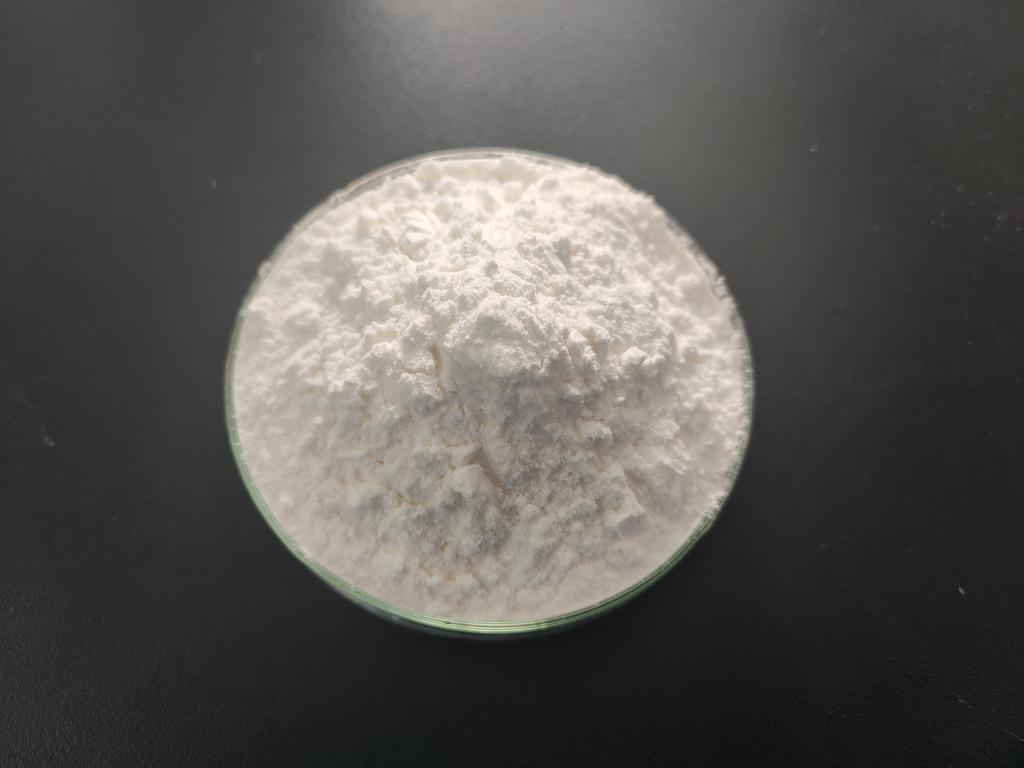Tel:+8618231198596

News
 CONTACT
CONTACT
 CONTACT
CONTACT
- Linkman:Linda Yao
- Tel: +8618231198596
- Email:linda.yao@dcpharma.cn
- Linkman:CHARLES.WANG
- Department:Overseas
- Tel: 0086 0311-85537378 0086 0311-85539701
News
Current Position:
Home >
News
>Eco-Friendly Antimicrobial Coatings: The Integration of ε-Polylysine Hydrochloride
Eco-Friendly Antimicrobial Coatings: The Integration of ε-Polylysine Hydrochloride
TIME:2024-02-28
The Need for Eco-Friendly Antimicrobial Solutions:
The conventional use of synthetic antimicrobial agents in coatings, paints, and surfaces raises environmental concerns due to their persistence and potential impact on ecosystems. As industries prioritize sustainability, there is a growing demand for alternatives that provide effective antimicrobial properties while minimizing the environmental footprint. ε-Polylysine Hydrochloride, derived from natural fermentation, emerges as a promising candidate to meet this demand.
ε-Polylysine Hydrochloride: A Natural Antimicrobial Peptide:
ε-Polylysine Hydrochloride is a cationic polypeptide derived from the fermentation of Streptomyces albulus. Known for its broad-spectrum antimicrobial properties, ε-Polylysine Hydrochloride is recognized as a safe and eco-friendly alternative to traditional synthetic preservatives. Its natural origin and biodegradability make it particularly appealing for applications in coatings where sustainability is a priority.
Antimicrobial Coatings: Applications and Challenges:
a. Current Antimicrobial Coating Technologies:
Traditional antimicrobial coatings often rely on chemical agents such as silver nanoparticles, triclosan, or quaternary ammonium compounds. While effective in inhibiting microbial growth, these chemicals may pose environmental risks and contribute to the development of antibiotic resistance.
b. Challenges in Antimicrobial Coating Sustainability:
The environmental impact of antimicrobial coatings includes concerns about persistence, toxicity, and potential bioaccumulation. The need for coatings that offer long-lasting antimicrobial effects while being environmentally sustainable has led to the exploration of natural alternatives like ε-Polylysine Hydrochloride.
Properties of ε-Polylysine Hydrochloride for Coatings:
a. Antimicrobial Efficacy:
One of the primary attributes of ε-Polylysine Hydrochloride is its potent antimicrobial activity against a broad spectrum of bacteria and fungi. Its inclusion in coatings provides a natural and effective means of inhibiting microbial growth on surfaces, enhancing the overall hygiene of coated materials.
b. Biodegradability:
ε-Polylysine Hydrochloride is inherently biodegradable, breaking down into natural components over time. This characteristic aligns with the principles of sustainability and reduces concerns about the persistence of antimicrobial agents in the environment.
c. Stability and Compatibility:
ε-Polylysine Hydrochloride exhibits stability under various conditions, making it suitable for incorporation into coatings. Its compatibility with different coating materials allows for versatile applications across a range of surfaces and substrates.
Applications of ε-Polylysine Hydrochloride in Antimicrobial Coatings:
a. Building Materials:
Incorporating ε-Polylysine Hydrochloride into coatings for building materials can contribute to the prevention of mold, mildew, and bacterial growth. This application is particularly relevant for surfaces in damp or humid environments, such as bathrooms and basements.
b. Healthcare Facilities:
Antimicrobial coatings are crucial in healthcare settings to prevent the spread of infections. ε-Polylysine Hydrochloride coatings on high-touch surfaces can offer a natural and sustainable solution for maintaining hygiene in hospitals and clinics.
c. Food Packaging:
The antimicrobial properties of ε-Polylysine Hydrochloride can be utilized in coatings for food packaging materials. This not only helps extend the shelf life of packaged products by inhibiting microbial contamination but also aligns with the growing demand for eco-friendly packaging solutions.
d. Textiles and Apparel:
Antimicrobial coatings in textiles can enhance freshness, reduce odor, and inhibit the growth of bacteria. ε-Polylysine Hydrochloride provides a natural alternative for coatings on fabrics, promoting sustainability in the textile industry.
Advantages of ε-Polylysine Hydrochloride in Antimicrobial Coatings:
a. Environmental Compatibility:
The biodegradability of ε-Polylysine Hydrochloride minimizes its impact on ecosystems, addressing concerns about the persistence of antimicrobial agents in the environment.
b. Reduced Toxicity:
Compared to some synthetic antimicrobial agents, ε-Polylysine Hydrochloride is considered safe and exhibits lower toxicity, making it a preferred choice for eco-friendly coatings.
c. Natural Origin:
Derived from natural fermentation, ε-Polylysine Hydrochloride aligns with the trend towards natural and sustainable ingredients in various industries.
Challenges and Considerations:
a. Stability in Coating Formulations:
Ensuring the stability of ε-Polylysine Hydrochloride within coating formulations is crucial for its efficacy over time. Research efforts should focus on optimizing formulations to maintain antimicrobial activity while preserving coating integrity.
b. Cost Considerations:
The cost of ε-Polylysine Hydrochloride compared to synthetic alternatives may be a consideration for widespread adoption. As technology advances and production processes become more efficient, the cost-effectiveness of ε-Polylysine Hydrochloride in coatings may improve.
Regulatory Landscape and Standardization:
As ε-Polylysine Hydrochloride gains traction in antimicrobial coatings, regulatory bodies play a vital role in establishing guidelines and standards for its use. Collaborative efforts between industry stakeholders and regulatory authorities are essential to ensure compliance and promote its acceptance in various applications.
Future Prospects and Industry Adoption:
The integration of ε-Polylysine Hydrochloride into antimicrobial coatings aligns with the broader shift towards sustainable and eco-friendly practices. The industry's future will likely see increased adoption as awareness grows, and advancements in formulation and application technologies further optimize the performance of ε-Polylysine Hydrochloride in coatings.
Conclusion:
The integration of ε-Polylysine Hydrochloride into antimicrobial coatings represents a significant advancement in the pursuit of sustainable and eco-friendly solutions. As industries continue to prioritize environmental responsibility, the use of natural antimicrobial peptides in coatings offers a compelling alternative to traditional synthetic agents. By combining the antimicrobial efficacy of ε-Polylysine Hydrochloride with the principles of sustainability, the development of eco-friendly antimicrobial coatings can contribute to a healthier, safer, and more environmentally conscious future.
- Tel:+8618231198596
- Whatsapp:18231198596
- Chat With Skype







